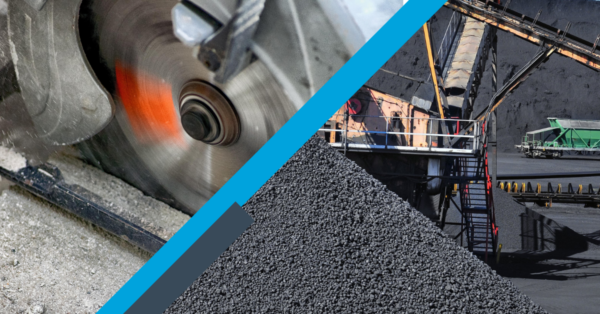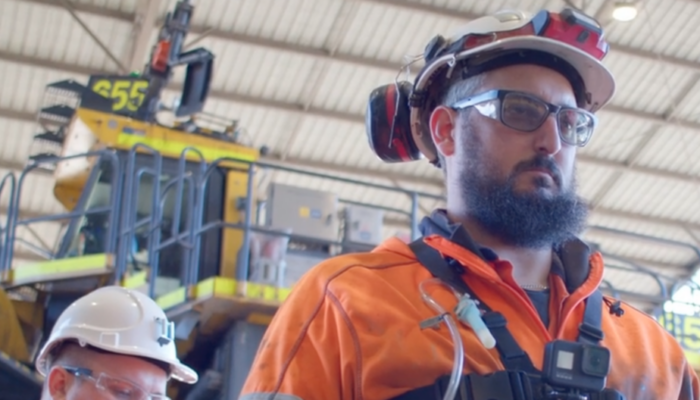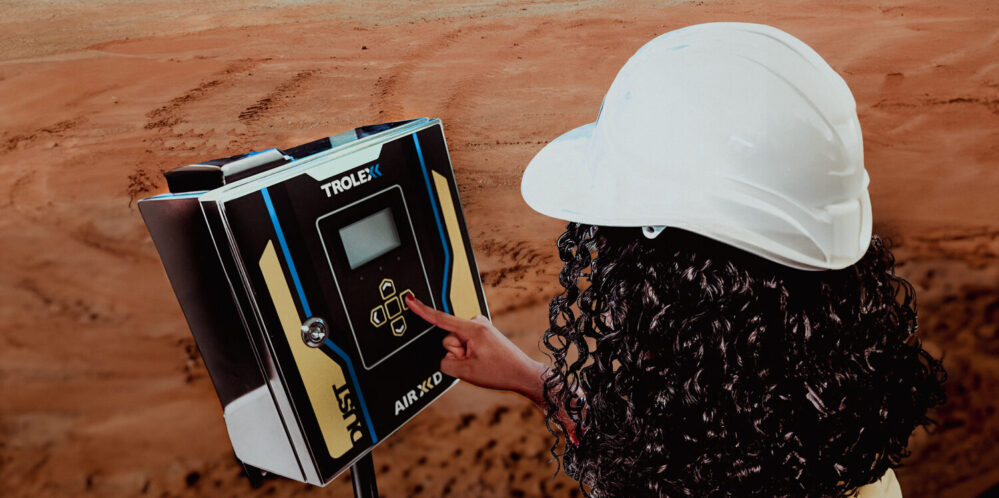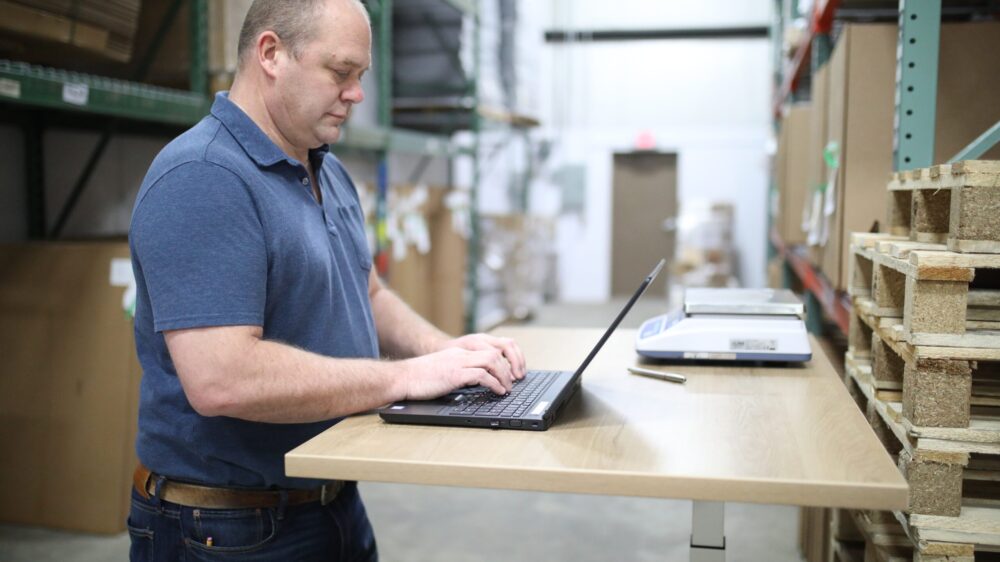Case Studies
Hunter Valley Operations:
Using Real-Time Monitoring to Control Dust Exposure
Managing Chemical Risk in a Large Organisation
Evaluating the Storage of Hazardous Chemicals in Australia
Hazardous Chemicals and Dangerous Goods – Simplifying the situation
Dual Focus – The Health Risk Assessment and Task Analysis Project
Asbestos Containing Materials in Fires
Insurance and Building Remediation
Multi-Building Removal and Demolition

 The Western Australian Department of Mines, Industry Regulation and Safety has announced changes to the workplace exposure standards for respirable crystalline silica and respirable coal dust.
The original media statement release from Hon Bill Johnston MLA is available
The Western Australian Department of Mines, Industry Regulation and Safety has announced changes to the workplace exposure standards for respirable crystalline silica and respirable coal dust.
The original media statement release from Hon Bill Johnston MLA is available 



